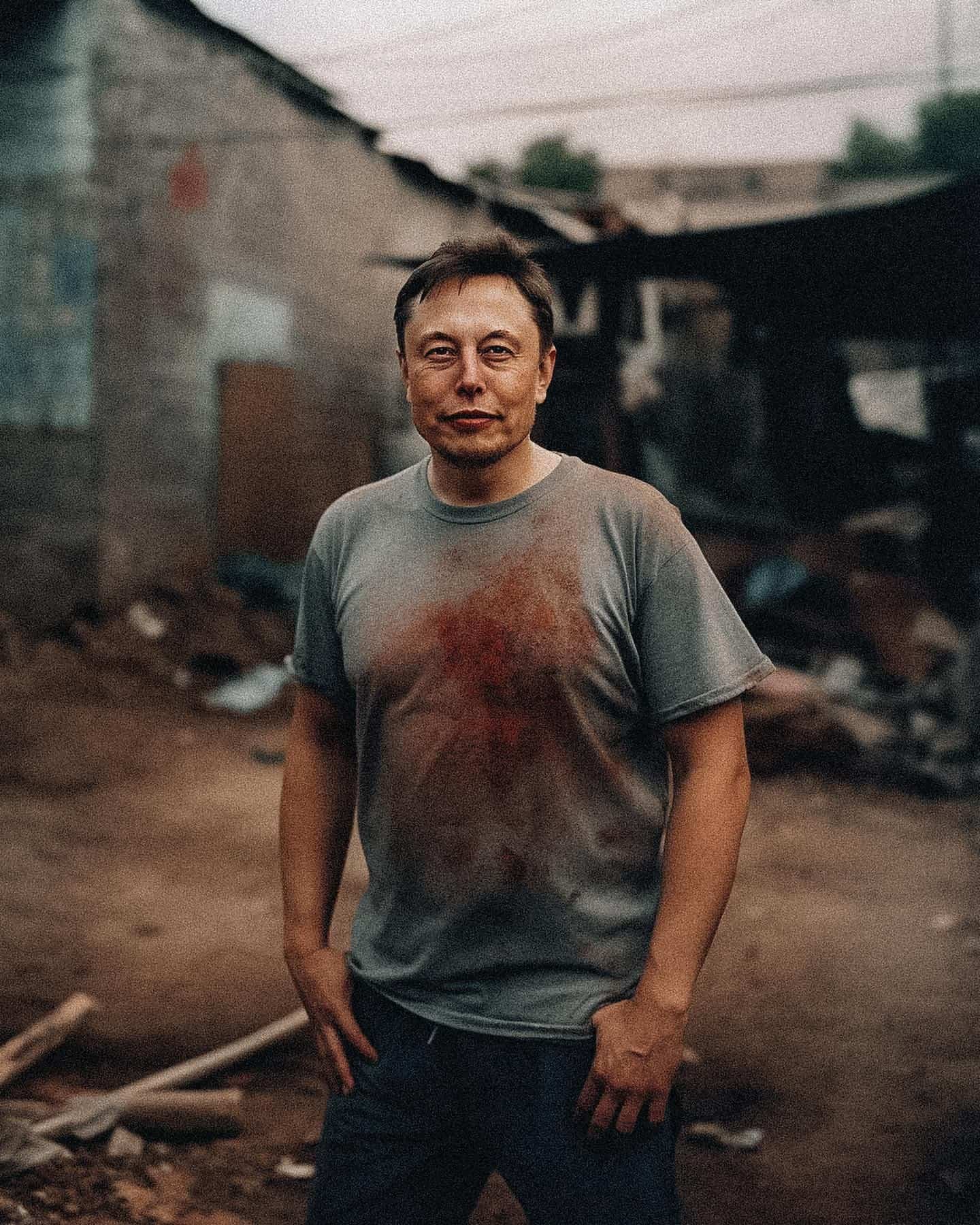Mobile phone cameras today are so good, they can rival many digital cameras. They’re loaded with features like multiple lenses, big sensors, advanced image stabilization, and powerful processing chips—things you’d only expect to see in high-end photography equipment not too long ago. But oddly enough, even with all this progress, photography, the art of capturing moments meaningfully, doesn’t seem to be keeping up. Presently, it is quite easy to take a sharp and colourful image, but the quality of photography as an expressive or honest medium is arguably in decline. Let’s explore why that gap is widening.

Hardware is advancing, but software is dominating
Modern phones come packed with cutting-edge camera hardware, including features like periscope zoom, 1-inch sensors, and advanced autofocus systems. But these improvements don’t tell the full story of image quality. What users see as the “final photo” is often heavily processed by software before they even press the shutter.
This is where the problem begins.
Phones now rely on computational photography. There are layers of algorithms that merge multiple frames, adjust lighting, smooth skin, sharpen eyes, and boost colours automatically. These processes often override what the lens and sensor captured. In the end, users have images that look polished but lack realism or texture. In trying to make every photo “pop,” the software often erases the natural character of the scene.
AI filters are replacing real choices
AI is meant to assist users, but in photography, it has started to replace them. From automatic scene detection to beauty filters and portrait modes, AI decides how a photo should look, even before the photographer can think about it. It edits for aesthetics, not meaning.

As a result, there’s a sameness to smartphone images today. A sunset will always look extra orange. Skies will be over-dramatized. Faces will be unnaturally smooth. The uniqueness of a moment is lost because the system is designed to create pleasing images, not honest ones.
This heavy-handed post-processing removes the need for users to understand light, composition, or timing, the core skills of photography. And when those are gone, the artistic element disappears too.
Creative control is limited or hidden
Photography, at its core, is about choices: framing, exposure, focus, and mood. But most smartphone cameras either limit or automate these decisions to the point that users are no longer involved in the process.
Manual settings exist on some phones, but they are often buried or clunky. Even when available, the final image still passes through aggressive post-processing unless shot in RAW format. Of course, an average phone user never uses this format. In fact, many people do not even know about it.
This lack of control means photographers can’t truly shape their images. They’re working within a controlled environment that prioritizes speed and visual impact over subtlety and emotion. The result is images that look good at a glance but don’t hold up to deeper viewing.
The culture around photography is changing
Smartphones have made photography accessible to everyone, but they’ve also shifted the purpose of the photo. Many people now shoot to post, not to tell a story or preserve a memory. The goal is often social media approval, not personal satisfaction.
Because of that, people take photos that look good in small squares, bright, sharp, high contrast, rather than images that evoke feeling or thought. Authenticity gives way to visual trends. And with auto-enhanced photos becoming the norm, our expectations of what a “good photo” looks like have shifted, too.

In conclusion
Photography is not all about holding a camera and pressing the shutter; it’s an art. It’s the ability to capture not just the object of focus but also the moment. Now, with smartphone cameras getting better than ever, the art of photography is slowly dying. Why bother to focus on the moment and make it memorable when software can easily give you a superficial image? The moment makes little meaning for many people because AI and auto-editing are there to create an artificial one. The endgame of this is that users are left with images that look good, but feel fake or empty. The future of photography may depend not just on better sensors, but on returning creative control to users.




